Google Pixel 8 Pro might change our relationship with photography
The Google Pixel 8 Pro phone goes all out to inject generative AI abilities into this essential everyday object
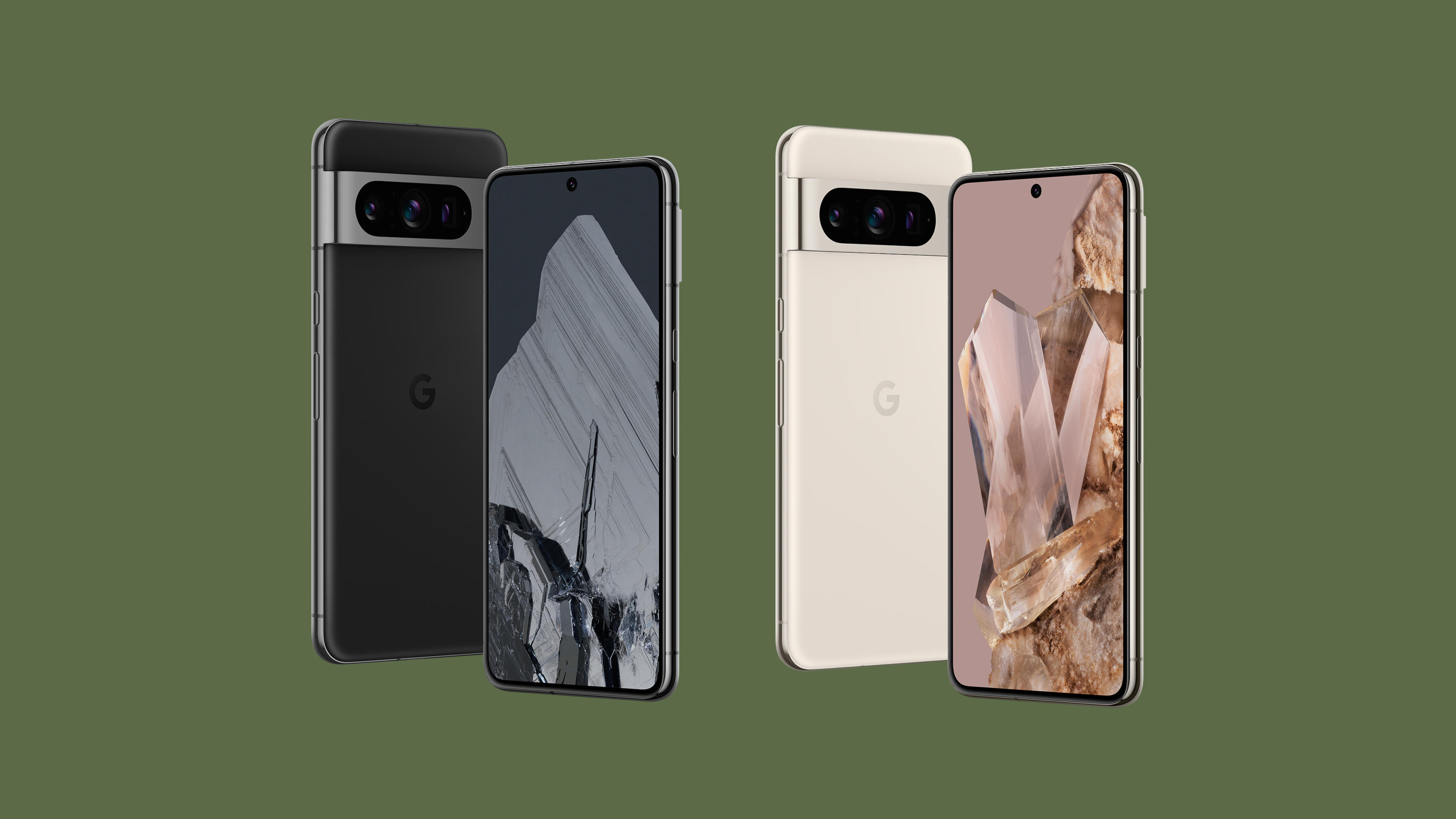
Have we reached peak smartphone? The premium brands have had their annual launches – such as the Samsung Galaxy S23 and the Apple iPhone 15 – and offer only incremental improvements on what was available the previous year. Now it’s Google’s turn, with the debut of the Google Pixel 8 and Pixel 8 Pro.
What’s most notable about the eighth iteration of the company’s flagship Android device is how AI has become much more embedded and present. Google’s AI systems have sneaked their way into search as well as generative systems like text and image generation, not to mention photographic ‘support’.
Google Pixel 8 Pro and its AI revolution

The Pixel 8 Pro has four cameras in total
It’s the last where the Pixel has traditionally excelled, but while the latest version takes fantastic photographs, it feels that the emphasis is shaping the world one sees, rather than displaying it as it is. Apple’s equally impressive photographic capabilities are pitched more at the traditional photographer, someone who will process after the shoot, rather than use the rather cruder tools in the phone itself. iPhones have been able to shoot RAW files for a while, whereas it’s a new option on the Pixel 8 Pro.
A smartphone isn’t a camera, of course, but a very sophisticated image processor. ‘Pro Controls’ aside, both of the Pixel 8 phones have a suite of AI-driven tools that are designed to buff out the rough edges of life. The Pro has four cameras, including a 50 MP main camera, an ultrawide, telephoto and 10.5 MP front camera. Photographic results can be shaped using ‘Best Take’, which blends a burst of similar images to ensure that everyone is smiling, or not blinking.
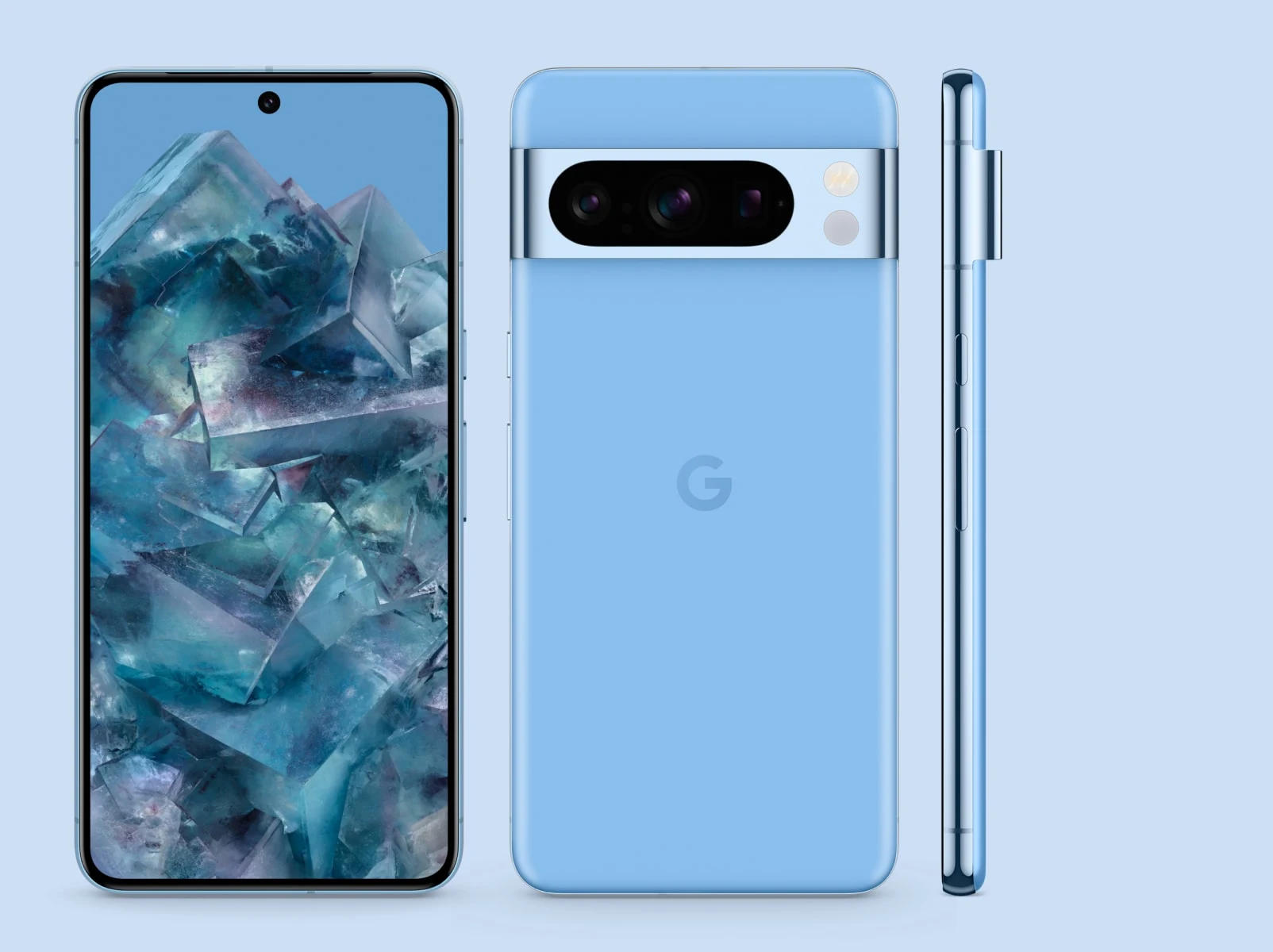
With its polished aluminium frame, the Pixel 8 Pro is a beautifully made device
There’s also the forthcoming Magic Editor (unavailable at time of review), something Google describe as an ‘experimental editing experience’. This builds on the Magic Eraser tool introduced in the Pixel 7 phones but doesn’t just allow for stray photobombers to be seamlessly and automatically banished. Instead, you can apparently reposition objects within the frame, change an overcast sky to a dramatic sunset and inflict all manner of trickery on even the most casual snapshot.
It begs the question, what next? This will be an experimental feature, with the computations presumably taking place in the cloud (hence recent warnings about the burgeoning energy consumption of relatively trivial AI applications). Google is prefacing the feature with a warning, acknowledging that ‘… we know there are going to be times when the result isn’t exactly what you imagined’. This conjures up a potential hellscape of twisted AI fingers and unwanted excursions into the uncanny valley, all taking their place in your precious photo folder.
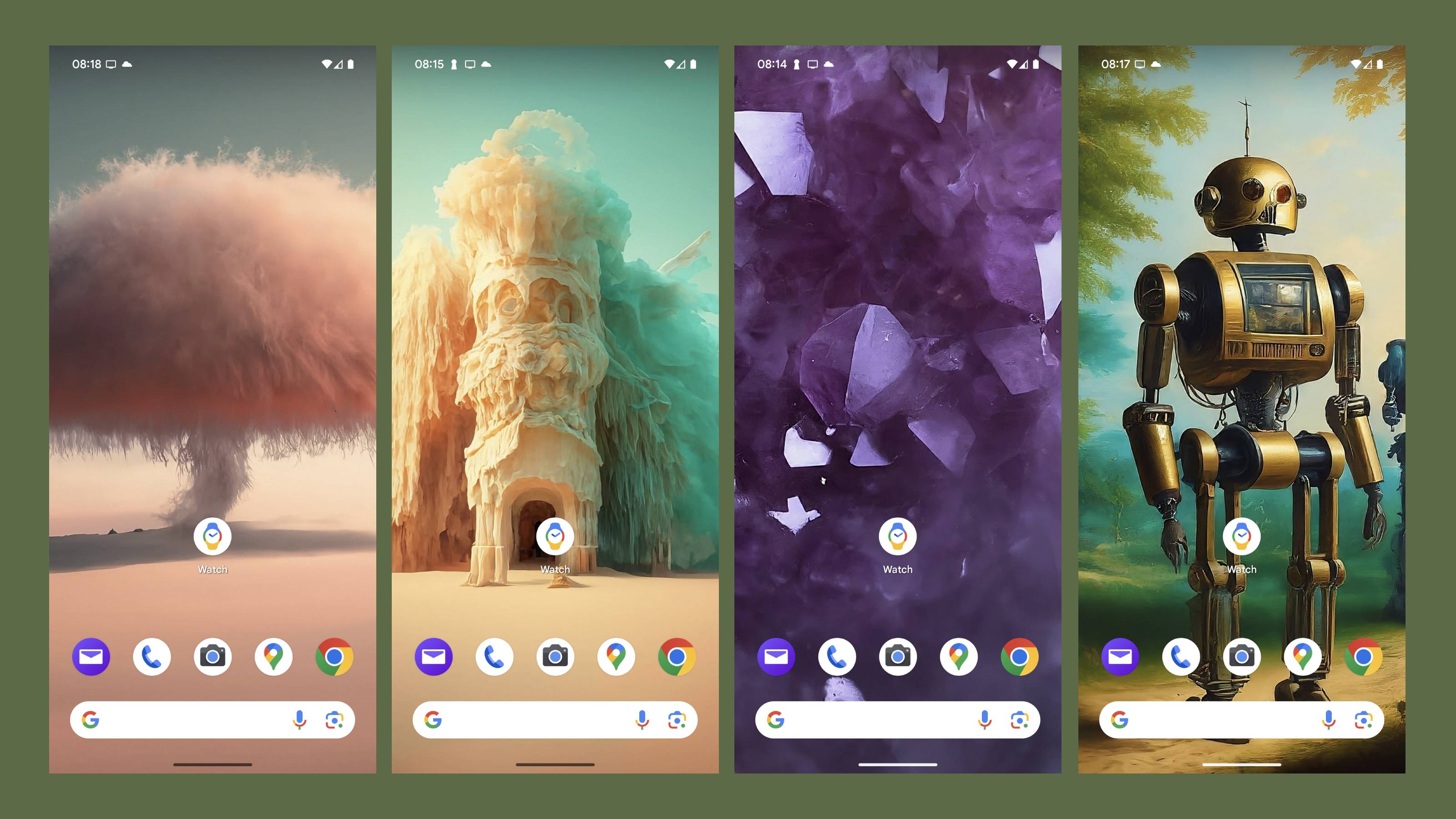
AI-generated wallpapers offer bespoke unique imagery
Also available is a slightly gimmicky AI-generated wallpaper app, which conjures up backdrops based on a set of pre-loaded cues. Promised this week are even more AI-driven features, including Zoom Enhance, which lets you zoom into a photograph and use generative AI to sharpen up the details; a more flexible and powerful Magic Eraser tool, and the introduction of Audio Magic Eraser, which is designed to ‘clean up’ buzzy and blowy video soundtracks. More alarming still is the imminent arrival of Google’s conversational AI model, Bard, which can be used to generate descriptions, social media posts and other potential nuisances.
Receive our daily digest of inspiration, escapism and design stories from around the world direct to your inbox.

Google Pixel 8 Pro
The AI feature creep notwithstanding, this is properly premium device, especially the Pro model. A polished aluminium frame and matte back glass support a 6.7in screen, making it a fraction larger than the iPhone 15 Pro Max. If you can face covering this beautifully finished device with a case, then your Pixel 8 will undoubtedly last a while; another quiet advance is the fact that the Pixel 8 comes with seven years of software support, guaranteeing you software and security updates until October 2030. Pixel 7 Pro owners can say goodbye to new software from October 2025.
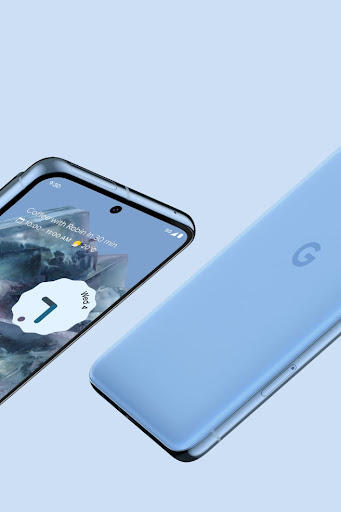
Google Pixel 8 Pro
This projected longevity brings us back to the first question; have we reached the point where always opting for an annual (or even biannual) update is simply too resource-hungry. It’s true that used phones cascade down through the second-hand marketplace for years, but the Pixel is very far from being a simple device to repair (although Google has promised to keep a stock of spare parts for seven years as well). It’ll be interesting to see how many buyers can hold on to their Pixel into the 2030s.
The devices ship with the new Android 14 operating system, a stealthy upgrade that makes sure to flatter the required muscle memory and physical interactivity of previous versions so as not to put anyone off. Also new to market is the Google Pixel Watch 2, which majors in bolstered fitness and health tracking, along with better speed and battery life.
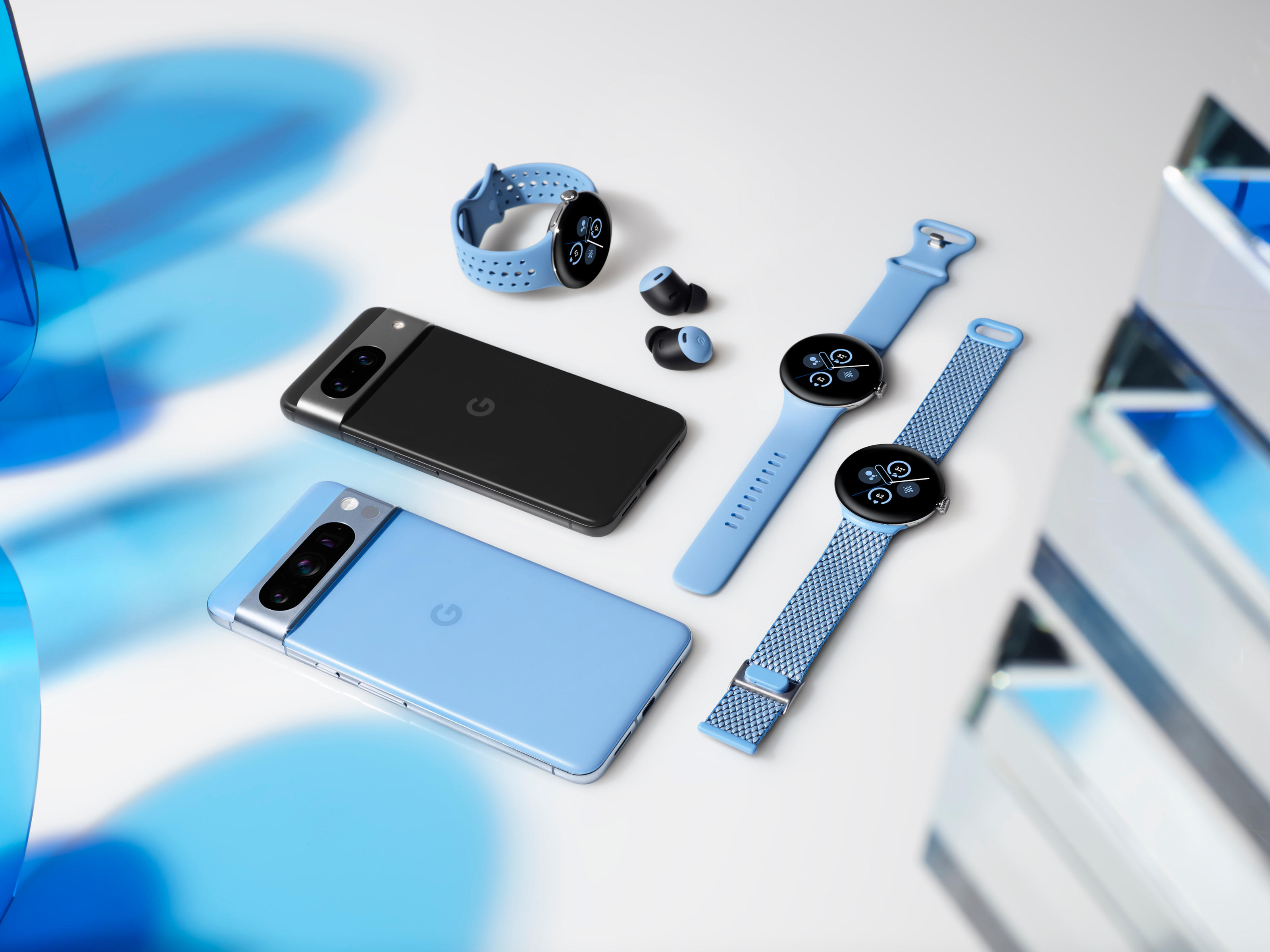
The complete suite of new Google Pixel products, October 2023
Surprisingly, the Pixel range has a relatively small share of the overall phone market (about 5 per cent), especially given Google’s huge sway and overall control of the Android OS. It is undoubtedly a fantastic device, fast and powerful, and rich with features. However, it also offers the very first interaction with generative AI for huge numbers of people, potentially adding yet another layer of confusion and distraction to an already over-saturated world.
Google Pixel 8 Pro, from £999, Store.Google.com
Jonathan Bell has written for Wallpaper* magazine since 1999, covering everything from architecture and transport design to books, tech and graphic design. He is now the magazine’s Transport and Technology Editor. Jonathan has written and edited 15 books, including Concept Car Design, 21st Century House, and The New Modern House. He is also the host of Wallpaper’s first podcast.
-
 Eight questions for Bianca Censori, as she unveils her debut performance
Eight questions for Bianca Censori, as she unveils her debut performanceBianca Censori has presented her first exhibition and performance, BIO POP, in Seoul, South Korea
-
 How to elevate a rental with minimal interventions? Charu Gandhi has nailed it with her London home
How to elevate a rental with minimal interventions? Charu Gandhi has nailed it with her London homeFocus on key spaces, work with inherited details, and go big on colour and texture, says Gandhi, an interior designer set on beautifying her tired rental
-
 These fashion books, all released in 2025, are the perfect gift for style fans
These fashion books, all released in 2025, are the perfect gift for style fansChosen by the Wallpaper* style editors to inspire, intrigue and delight, these visually enticing tomes for your fashion library span from lush surveys on Loewe and Louis Vuitton to the rebellious style of Rick Owens and Jean Paul Gaultier
-
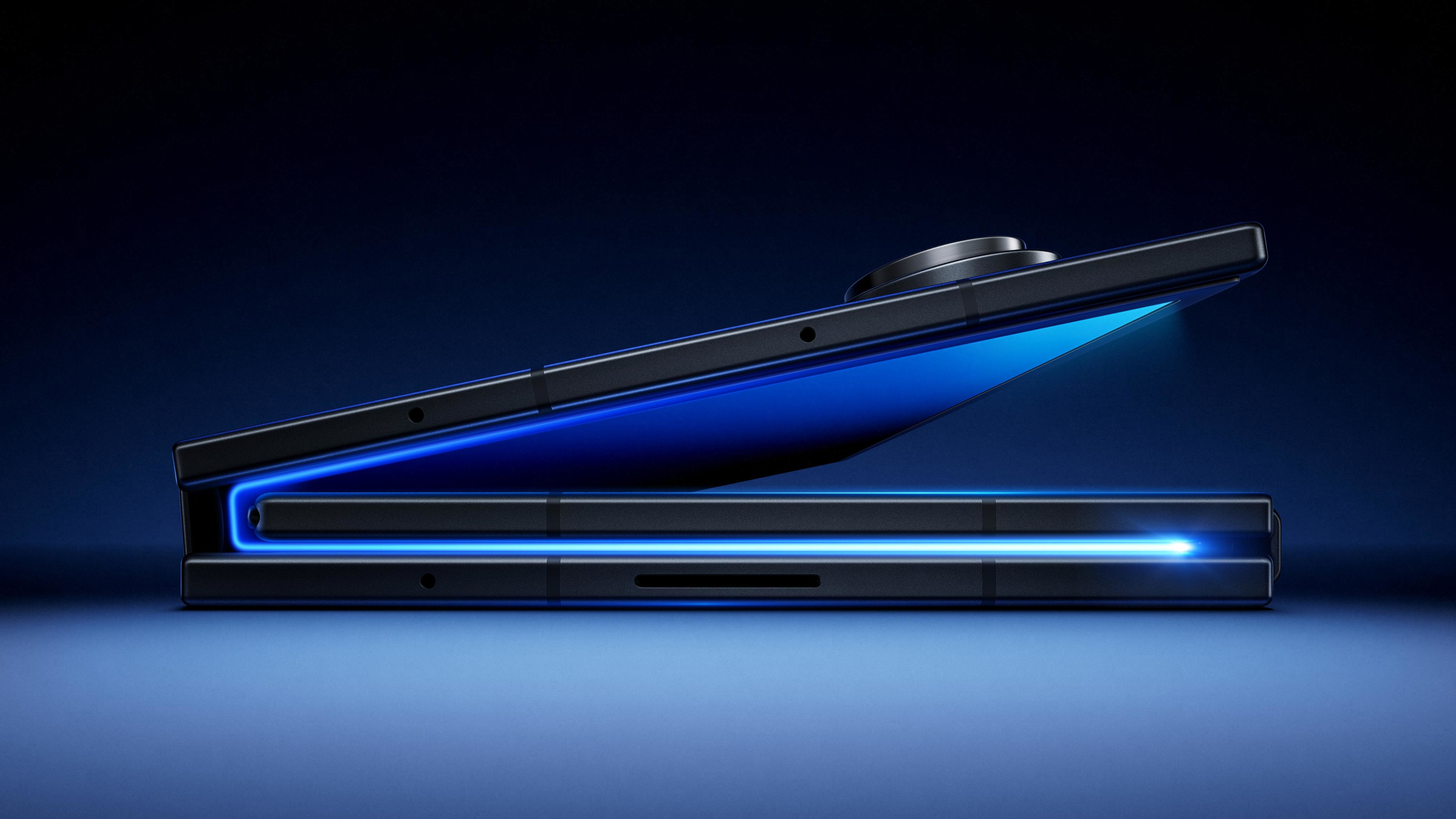 Samsung Galaxy Z TriFold is a pocket tablet that takes folding screens to new extremes
Samsung Galaxy Z TriFold is a pocket tablet that takes folding screens to new extremesSamsung has announced its newest flagship device, the Galaxy Z TriFold. Featuring three folding screens, this ultimate smartphone can transform into a ten-inch tablet
-
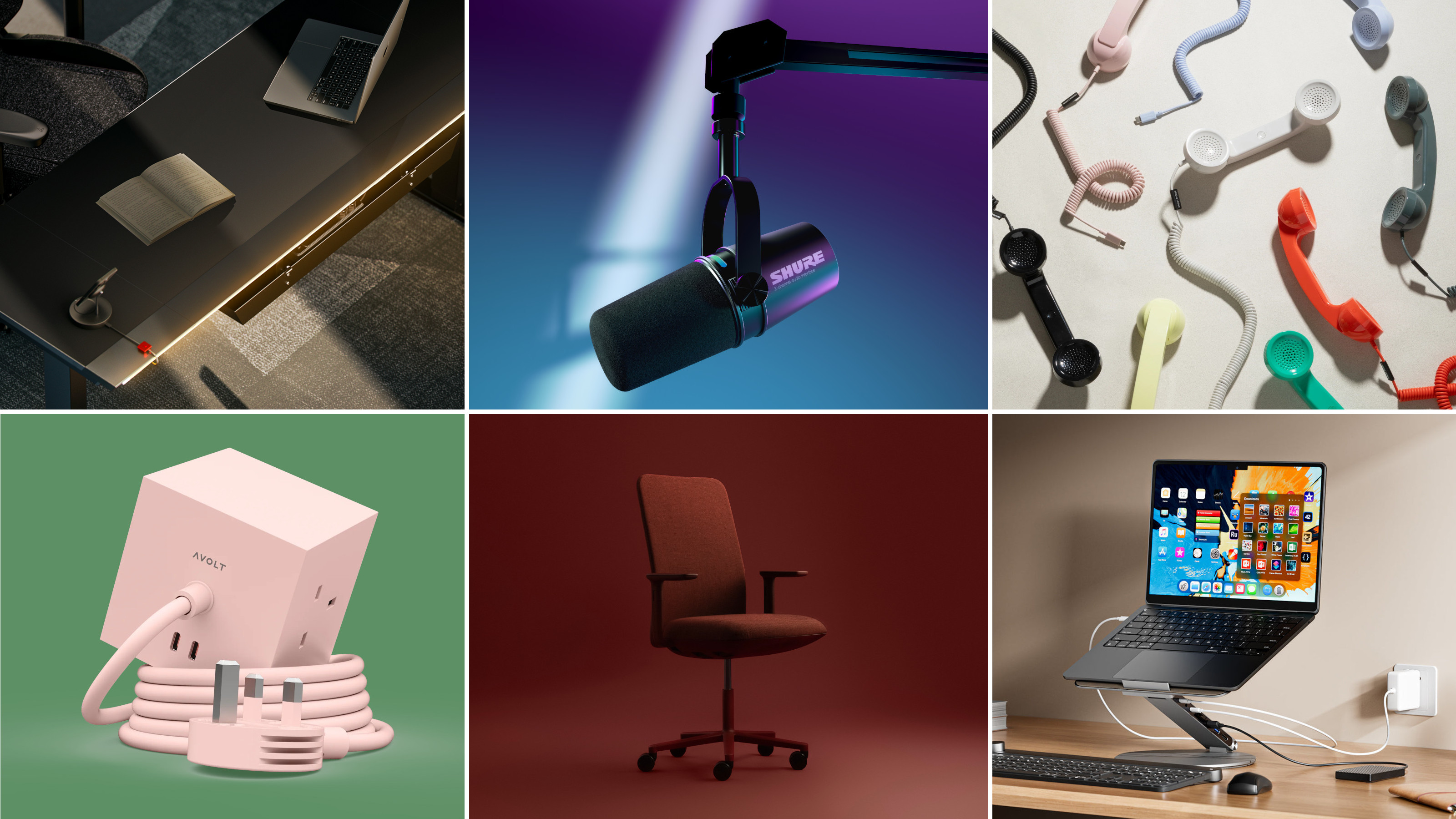 Hunker down in a perfectly equipped work-from-home hub this winter
Hunker down in a perfectly equipped work-from-home hub this winterIf your WFH set-up needs an upgrade, or if you need to kit out a new small business from scratch, we’ve got you covered
-
 Apple Watch Ultra 3 has innovation at its heart – a 3D-printed titanium case
Apple Watch Ultra 3 has innovation at its heart – a 3D-printed titanium caseWe delve into Apple’s pioneering use of 3D-printed metal, and how it ties in with the company’s path to carbon neutrality
-
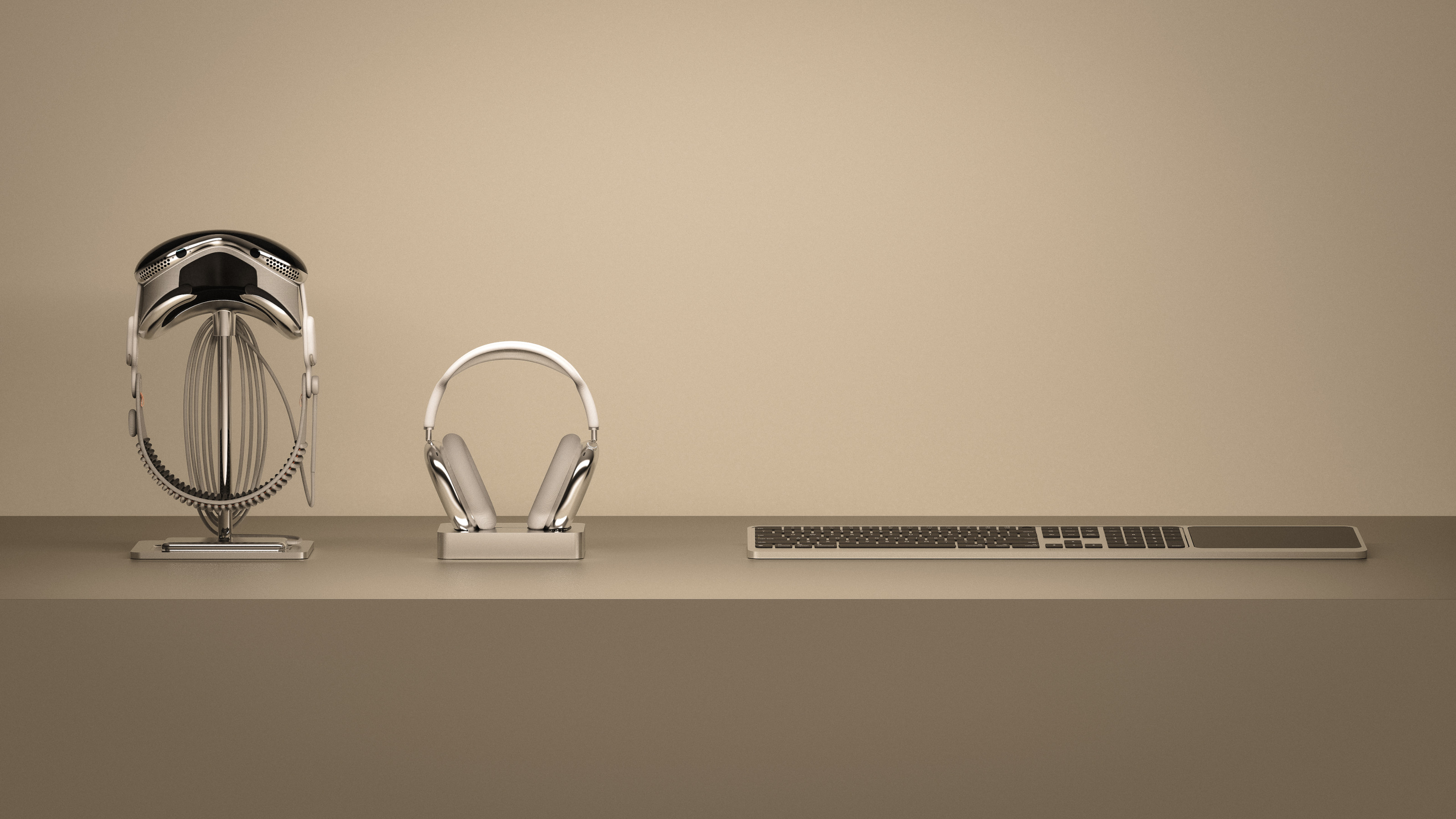 Bionic Labs builds precision next-level Apple accessories from aluminium and stainless steel
Bionic Labs builds precision next-level Apple accessories from aluminium and stainless steelFrom stands, chargers and keyboard trays to a set of accessories for the Vision Pro, Parisian design studio Bionic Labs offers only the best for your Apple gear
-
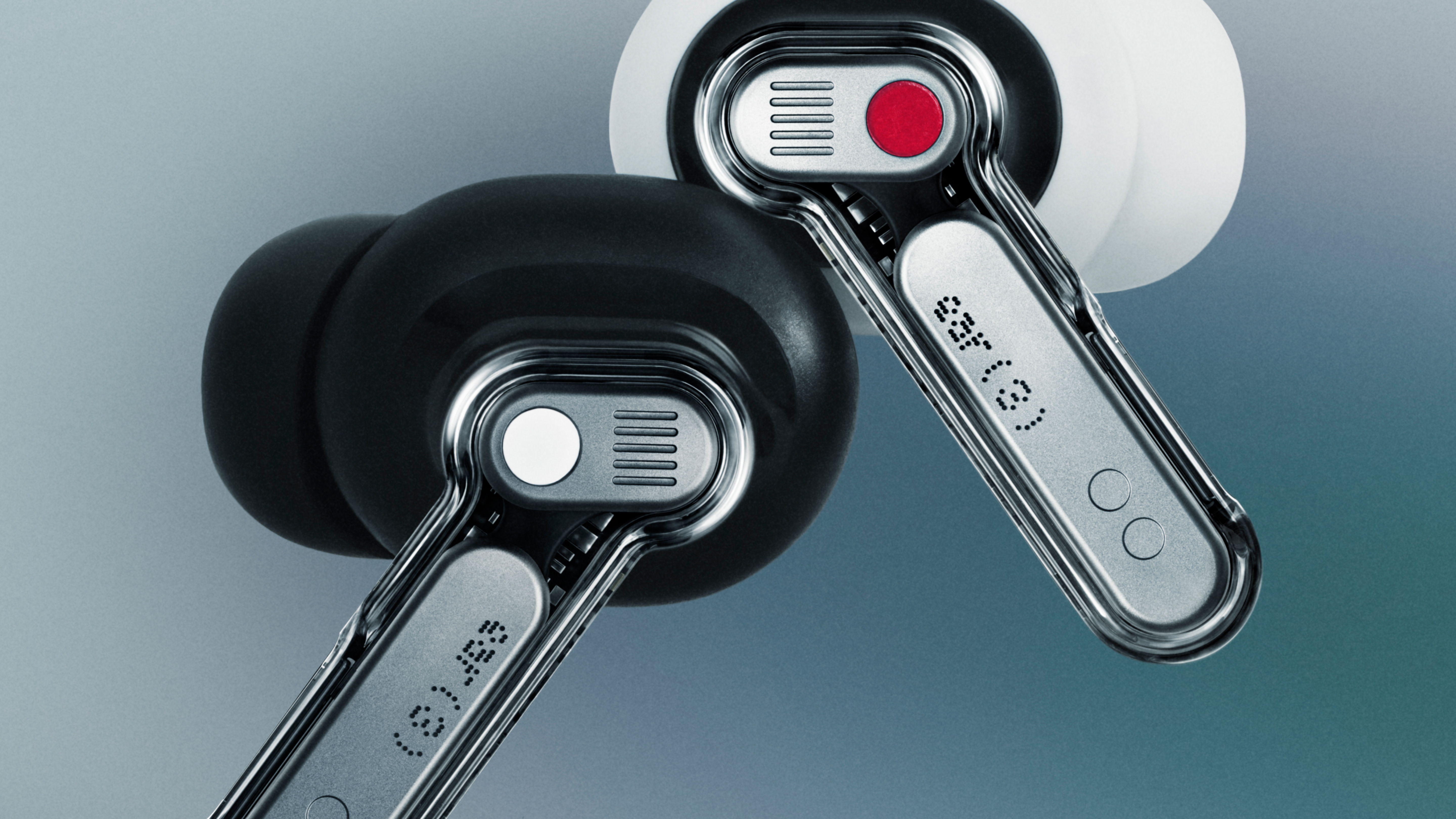 The best wireless in-ear headphones, tested by experts
The best wireless in-ear headphones, tested by expertsOur latest round up of the best wireless in-ear headphones includes products from Apple, Bang & Olufsen, Bose, JBL, Nothing, and Sony
-
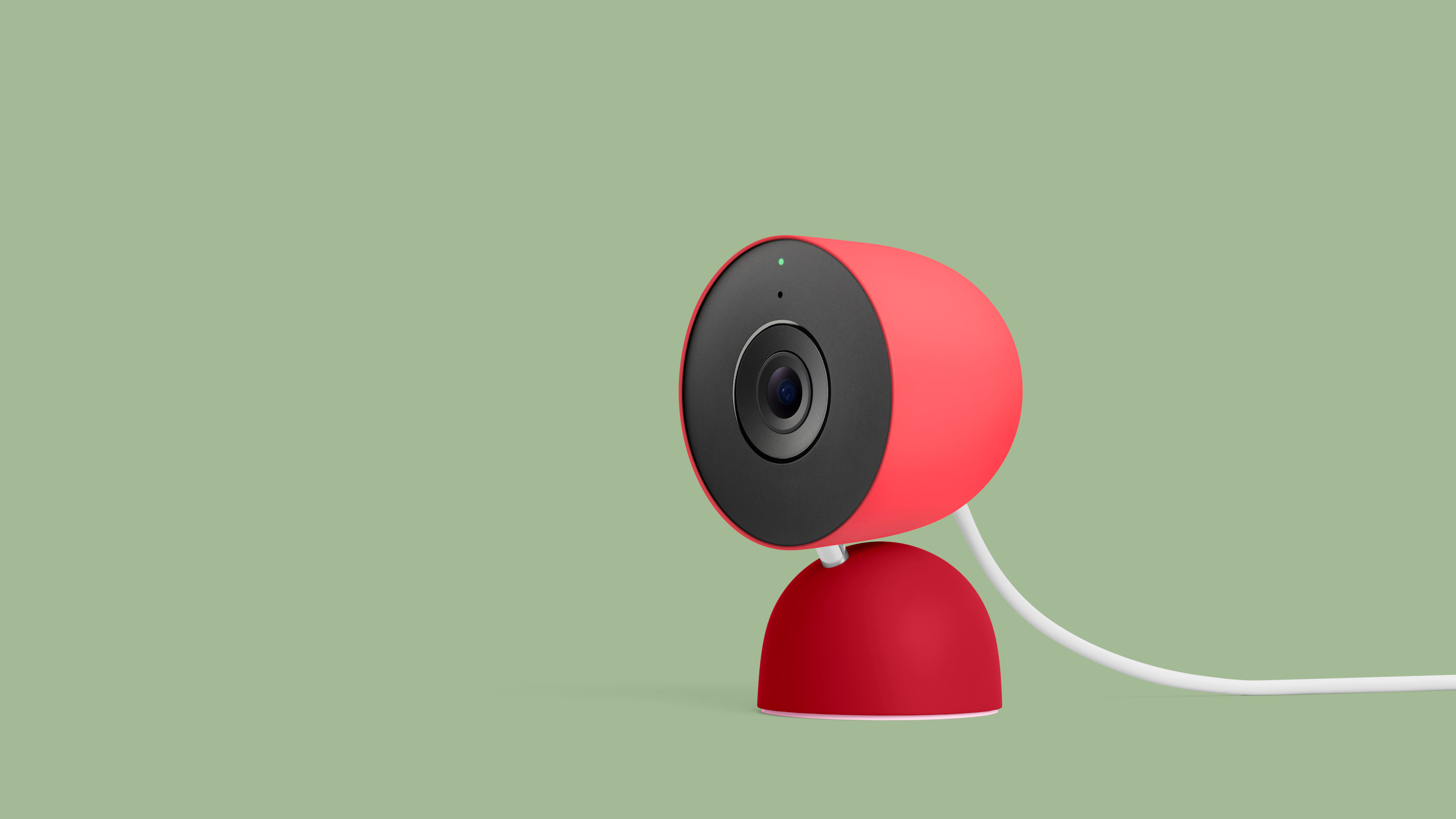 Google Home gets a glow-up as Gemini joins the party with its uncanny observational skills
Google Home gets a glow-up as Gemini joins the party with its uncanny observational skillsYour smart speaker becomes sentient and you now have your own NSA-grade domestic surveillance set-up. Welcome to the terrifying power of Gemini-enabled Google Home
-
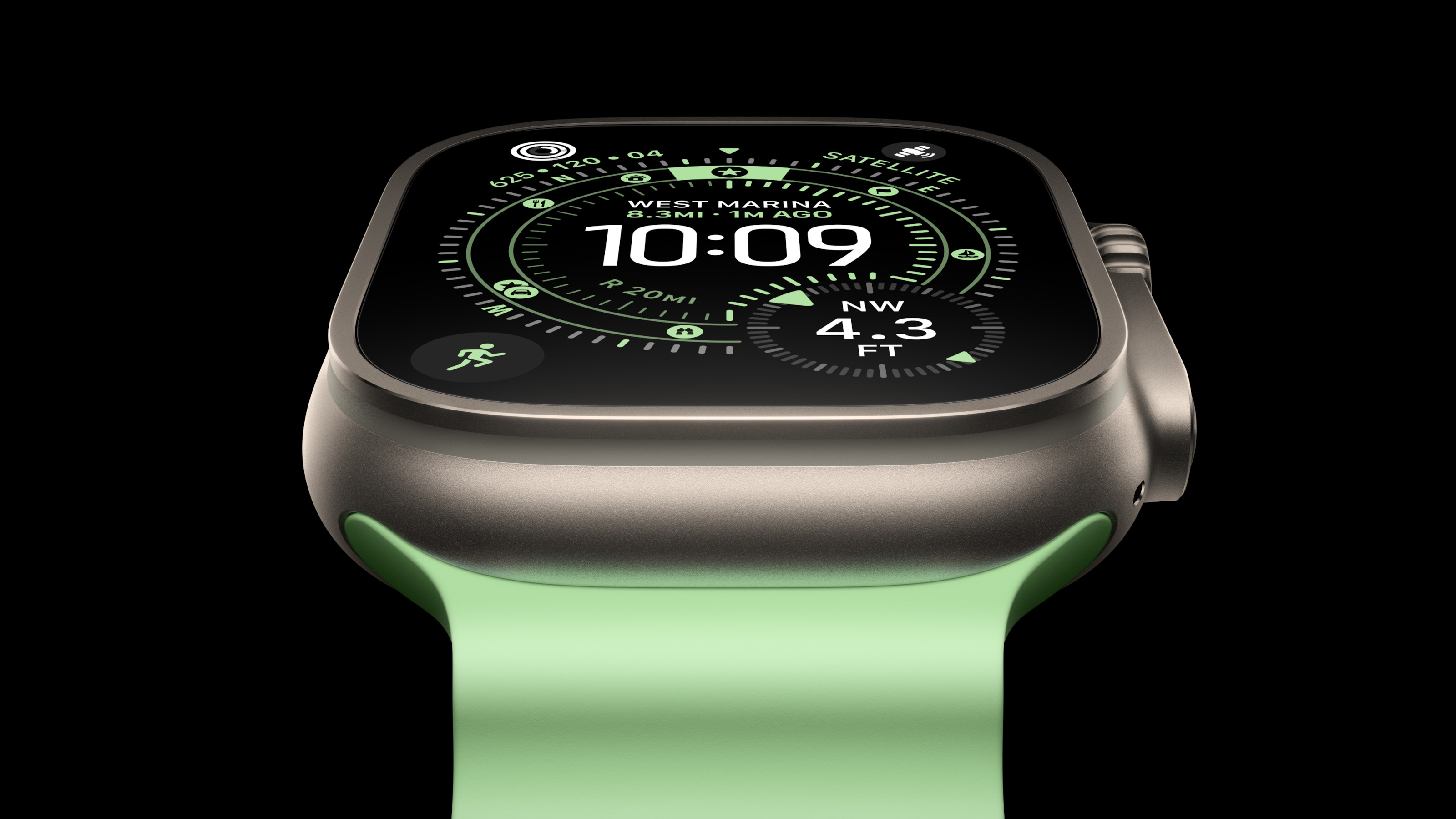 We roadtest Apple’s newest wearable tech, the Apple Watch Ultra 3 and Series 11
We roadtest Apple’s newest wearable tech, the Apple Watch Ultra 3 and Series 11The Apple Watch Ultra 3 hardly reinvents Apple’s most ruggedly handsome of designs, but it does refine it. And for truly off-grid adventurous types, it adds some potentially critical capabilities
-
 12 new watches and wearables offer a high-tech take on time and tracking
12 new watches and wearables offer a high-tech take on time and trackingFrom conventional smart watches to specialist applications and even solar system exploration, we present twelve ways of transforming your wrist into a source of inspiration and information